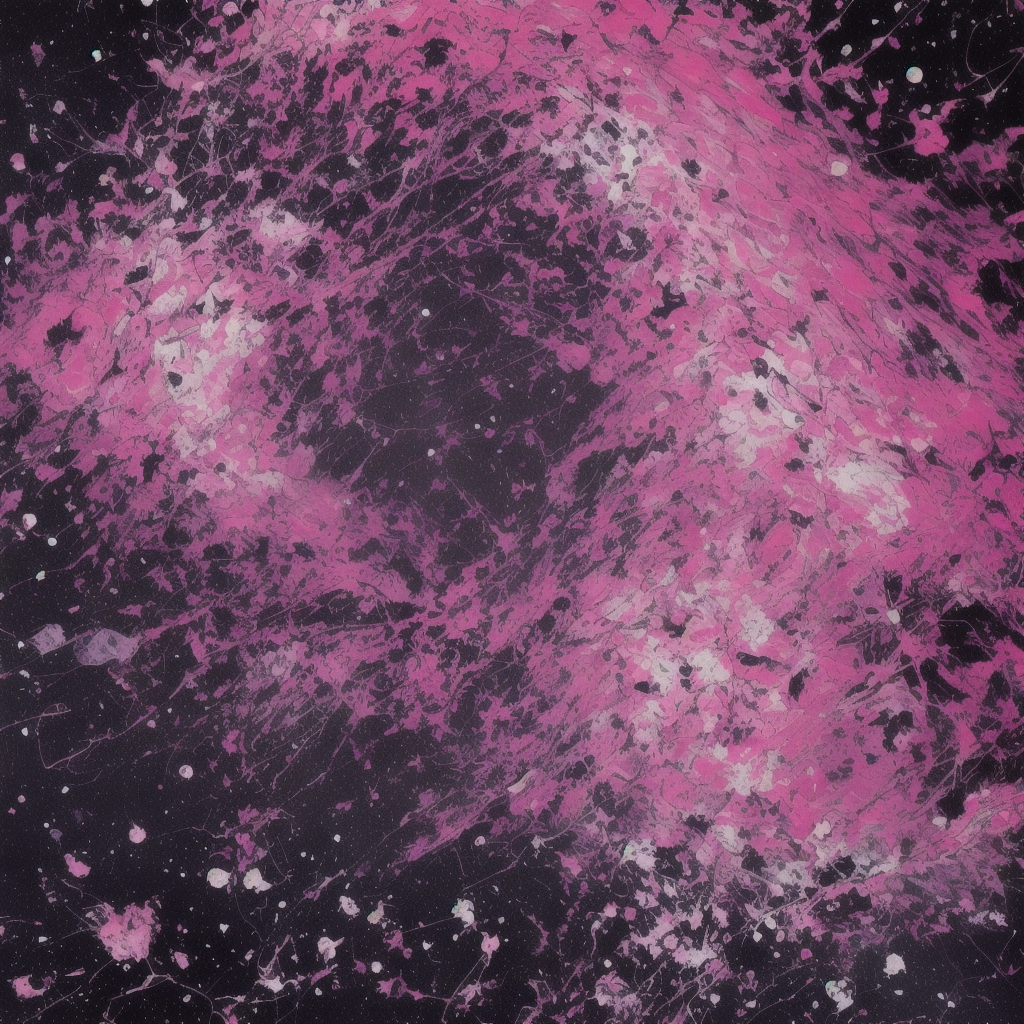Jackson Pollock and the color Pink

Jackson Pollock, known for his groundbreaking abstract expressionist paintings, is celebrated for his innovative use of color, line, and movement. While his bold and dynamic compositions primarily feature colors such as black, white, and earth tones, Pollock's use of the color pink stands out as particularly striking and unique.Historical Context:Pollock rose to prominence in the 1940s and 1950s, a time marked by great social and political change following World War II. Abstract expressionism emerged during this period as a radical departure from traditional artistic conventions, emphasizing emotion, spontaneity, and a rejection of representational art. Pollock's drip painting technique, which involved flinging, pouring, and splattering paint onto large canvases laid on the ground, captured the essence of this new artistic movement.Artistic Technique:In Pollock's work, pink appears as a bold, unexpected accent amidst the chaos of his splattered and layered paint. Instead of using pink as a primary color, Pollock strategically integrates it into the overall composition to add depth, contrast, and a sense of softness. The artist's characteristic "drip" technique allows the pink paint to interact dynamically with other colors, creating a sense of movement and energy on the canvas.Imaginative Interpretation:The use of pink in Pollock's artwork can be seen as a reflection of his complex emotional state and inner turmoil. While the color pink is often associated with femininity, delicacy, and tenderness, in Pollock's hands, it takes on a new dimension. The juxtaposition of pink against the raw power and aggression of his other colors suggests a deeper layer of meaning, perhaps symbolizing vulnerability, sensitivity, or a fleeting moment of introspection within the chaos of his work.In conclusion, Jackson Pollock's unique use of the color pink in his abstract expressionist paintings adds a compelling and unexpected element to his iconic body of work. By incorporating this soft and subtle hue into his otherwise bold and intense compositions, Pollock challenges traditional notions of color and emotion in art, inviting viewers to explore new interpretations and connections within his dynamic and revolutionary paintings.